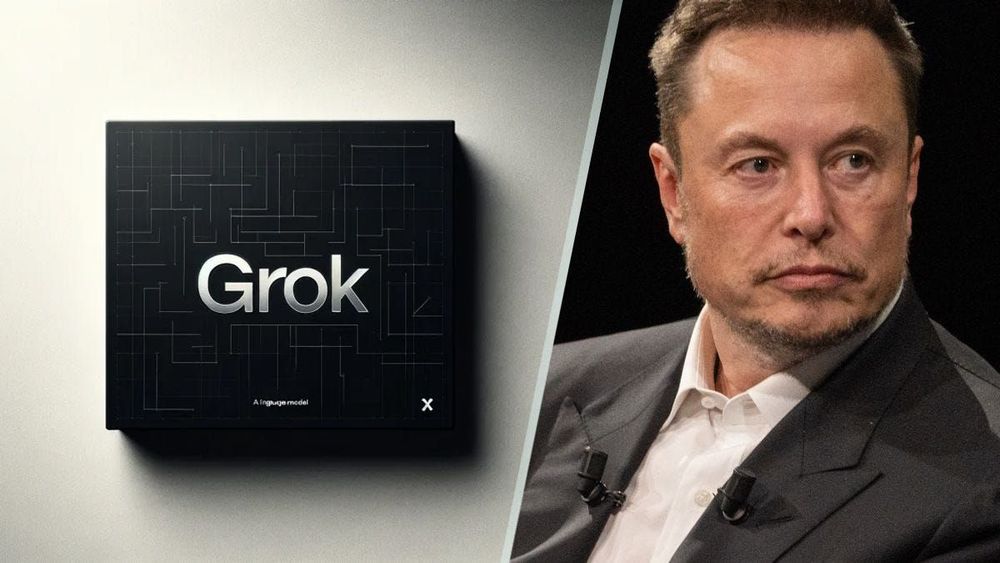
In an industry dominated by closed-door development and proprietary black boxes, the Allen Institute for AI (Ai2) has dared to challenge the status quo. Their latest release, OLMo 2 32B, is a fully open-source powerhouse that is outperforming industry giants while maintaining unprecedented transparency.
What makes OLMo 2 32B different? Unlike the guarded architectures of most leading AI systems, Ai2 has taken the radical approach of releasing everything. This is to prove that open science can produce models that rival the best proprietary systems. And in doing so, they’re addressing one of AI's most pressing dilemmas: how to balance cutting-edge performance with the ethical imperative of transparency.
In this article, we'll explore what makes OLMo 2 32B unique, why its phased training approach delivers such remarkable efficiency, and how this model could reshape our expectations for what open-source AI can achieve. Regardless of your involvement with AI, Ai2's latest breakthrough deserves your attention!
What is OLMo 2 32B?

OLMo 2 32B is a groundbreaking 32-billion-parameter, fully open-source language model developed by the Allen Institute for AI (Ai2). Released in March 2025 as the largest model in the OLMo 2 family—which also includes 7B and 13B variants—it represents a major leap in open AI research.
What sets the model apart is its unprecedented transparency: Ai2 has released everything, from the training data and model weights to the fine-tuning code, enabling researchers to replicate, audit, and build upon its architecture without restrictions. This level of openness addresses critical concerns around bias and reproducibility in AI, setting a precedent for ethical model development.
Aside from being open, the model is also highly competitive. It has set a new standard for open models by outperforming proprietary competitors like GPT-3.5 Turbo and GPT-4o mini across multiple academic benchmarks, including reasoning, mathematics (MATH), and instruction-following tasks (IFEval). It also surpasses leading open-weight models such as Mistral 24B and Qwen 2.5 32B, despite requiring only one-third the training compute of comparable models. Remarkably, it approaches the performance of much larger models like Llama 3.1 70B and Qwen 2.5 72B, demonstrating Ai2's efficient scaling.
At its core, OLMo 2 32B embodies Ai2’s philosophy that "the science of language models demands openness." By democratizing access to state-of-the-art AI tools, Ai2 aims to accelerate ethical research and innovation while addressing critical concerns around bias, accountability, and computational efficiency in large-scale AI development. The model’s release marks a pivotal moment in the push for transparent, collaborative AI progress.
Ai2’s Training Innovations

OLMo 2 32B achieves its breakthrough performance through Ai2's innovative phased training approach and computational optimizations. The model's development followed three key stages:
- Pre-training Phase
The foundation was laid with 3.9 trillion tokens from diverse datasets including Dolma, Starcoder, and Proof Pile II. This broad exposure established robust linguistic capabilities and world knowledge.
- Mid-training Phase
A focused 843 billion token curriculum using the high-quality Dolmino dataset enhanced specialized skills in mathematical reasoning and academic comprehension. This curation boosted performance on benchmarks like MATH and MMLU.
- Post-training Phase
The model was refined using Tülu 3.1's RLVR (Reinforcement Learning with Verifiable Rewards), aligning outputs with human preferences while maintaining reasoning integrity. This produced significant gains in instruction-following tasks (IFEval).
Efficiency Breakthroughs
The redesigned OLMo-core training system delivered unprecedented efficiency:
- Reduced compute costs to one-third of comparable models like Qwen 2.5 32B
- Implemented asynchronous checkpointing and minimal host-device syncs
- Achieved 30% throughput improvements via PyTorch optimizations
These innovations demonstrate how strategic data sequencing and engineering optimizations can produce state-of-the-art results with responsible resource usage.
OLMo 2 32B’s Accessibility

The OLMo 2 32B model is readily accessible to researchers and developers through multiple channels:
- Hugging Face Repository: The complete model weights, fine-tuned variants (SFT/DPO/RLVR), and training code are available on Hugging Face. The repository includes detailed documentation for deployment and inference.
- Ai2 Playground: Experiment with OLMo 2 32B’s capabilities in real-time via the Ai2 Playground, which offers interactive demos for tasks like code generation and academic Q&A.
- Fine-Tuning Support: Optimized for single-node H100 GPU setups, the model can be fine-tuned using Ai2’s OLMo-core framework. The repository provides scripts for efficient adaptation to custom datasets.
For quick integration, the model is compatible with transformers (v4.48+) and vLLM.
The Impact of OLMo 2 32B to the Future of AI

As AI accelerates, issues like transparency and ethics take center stage. AI2’s OLMo 2 32B proves open-source models can compete—and win.
- Democratizing Advanced AI Technology
OLMo 2 32B breaks down the traditional barriers in AI research by offering full access to its architecture, empowering experts to scrutinize every detail. This unprecedented transparency removes the black-box issue that has long impeded advancements in AI safety and innovation. Curious about potential biases? Simply audit the training data. Looking to tailor it for medical research? The open architecture lets you validate every modification. Now, small teams and academic researchers can leverage cutting-edge models without relying on corporate APIs or proprietary systems.
- Establishing Ethical AI Standards
Unlike closed systems where biases and errors remain hidden, OLMo’s open architecture allows for proper scrutiny of its decision-making processes. Researchers can directly trace problematic outputs to specific training data, verify factual accuracy, and understand the model’s reasoning—capabilities that are impossible with proprietary AI systems. On the other hand, institutions can finally assess AI risks rather than take corporate promises on faith. This approach addresses growing concerns about AI reliability and safety in critical applications.
- Transforming the AI Industry Landscape
By outperforming GPT-3.5 Turbo with a fraction of the compute, OLMo 2 32B proves that open models can hold their own in a commercial arena. This isn’t just a technical win—it’s an economic shift. It loosens the grip of a few tech giants and opens the door to a broader, more diverse range of contributors. The playing field has leveled. Where once only deep-pocketed teams could compete, now any skilled researcher can fine-tune a cutting-edge model on modest hardware. It’s a moment that could ignite an innovation wave, much like Linux did for software.
- A Blueprint for Future AI Development
OLMo 2 32B arrives at a pivotal moment as governments worldwide establish AI regulations and industries demand more accountable systems. Its success proves that transparency and performance can coexist, challenging the industry’s assumption that progress requires secrecy. This model isn’t just a technical achievement—it’s a working example of how AI development can prioritize both innovation and public benefit, potentially shifting the entire field toward more open and ethical practices.
The Future of AI is Open

OLMo 2 32B redefines what’s possible for open-source AI—outperforming proprietary models like GPT-3.5 Turbo while maintaining full transparency in weights, data, and training. Its phased training approach and computational efficiency prove high performance doesn’t require secrecy.
Explore the model on Hugging Face or contribute to Ai2’s open mission. As AI advances, this milestone shows how openness can democratize cutting-edge technology—making it a tool for all, not just a privileged few.
The future of AI isn’t just powerful—it’s open.





